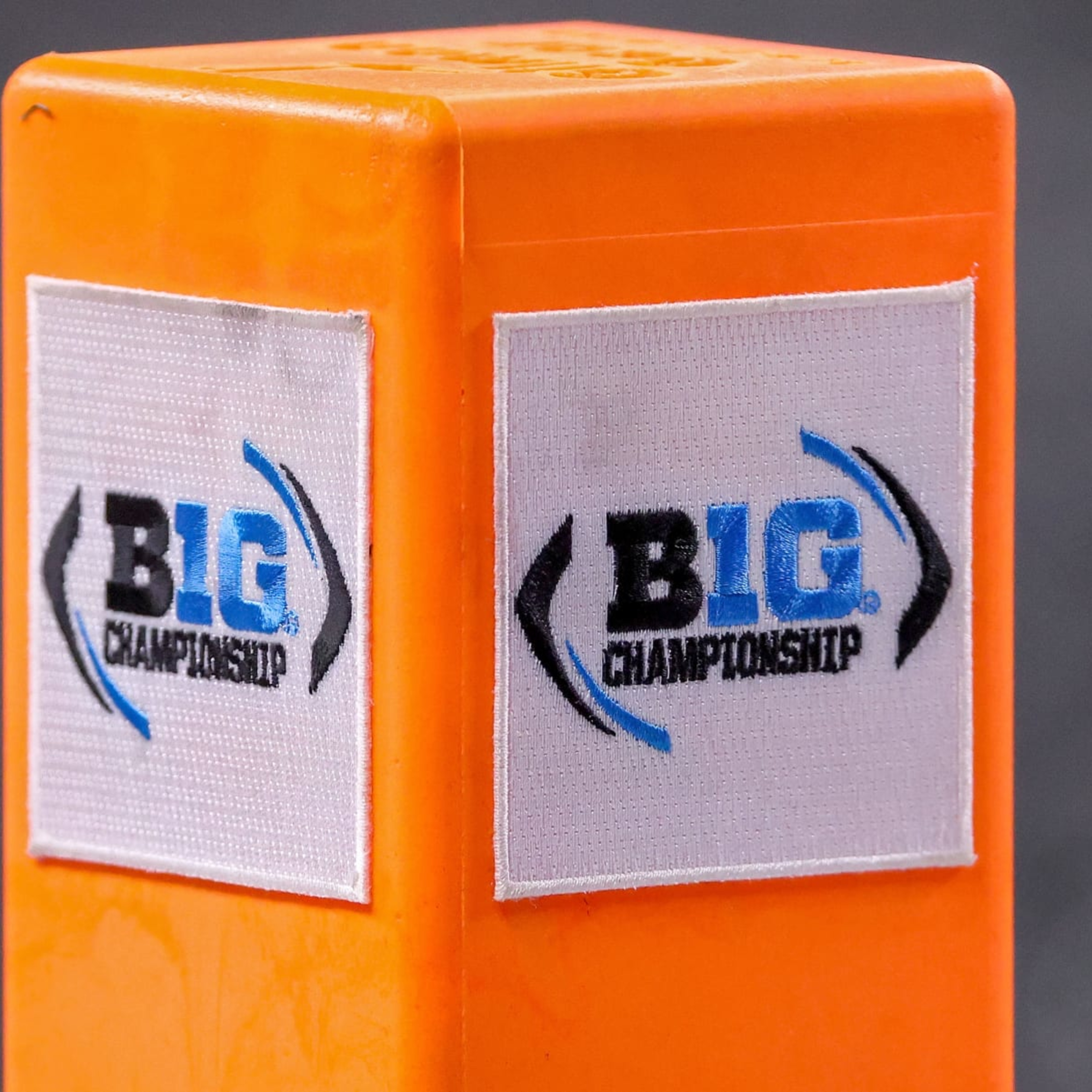College Football Realignment: Predicting the Next Moves
0 of 4

Dylan Buell/Getty Images
Realignment is one of several college football topics that will not go away anytime soon.
Few people correctly guessed that Oklahoma and Texas would leave for the SEC and both USC and UCLA would head to the Big Ten—all within a 12-month span! Those decisions, though, along with subsequent moves in the Big 12, American, Conference USA and Sun Belt, are set to reshape the Football Bowl Subdivision landscape.
And those changes are merely the early stages of a long process.
The predictions for what may happen in the near future feel remotely educated. So, naturally, expect them to look foolish in about a year.
Let’s have some fun.
1 of 4

Michael Wade/Icon Sportswire via Getty Images
In 2021, Conference USA sustained a massive hit.
Charlotte, Florida Atlantic, North Texas, Rice, UAB and UTSA all bolted for the American Athletic Conference. This year, Marshall, Old Dominion and Southern Miss headed to the Sun Belt. Suddenly, the 14-team conference dropped to five programs.
In the aftermath, C-USA invited Liberty and New Mexico State along with soon-to-be FBS programs Jacksonville State and Sam Houston State.
But the movement likely isn’t finished.
Middle Tennessee and Western Kentucky flirted with the MAC before MTSU ultimately decided to stay and WKU remained after the MAC shut down expansion. Those conversations can be quickly reignited, though, and a healthy Sun Belt has geographical reason to target Louisiana Tech.
Among all FBS leagues, C-USA needs to find the most creative solutions. Its football existence hinges on that.
2 of 4

Robin Alam/Icon Sportswire via Getty Images
Until or unless something changes, Notre Dame will be college football’s white whale.
The combination of resources, fan support, financial impact, tradition, revenue potential and—you get the picture—is relentlessly appealing. While the South Bend, Indiana, university sits in the Big Ten’s geographical footprint, the Irish are a member of the ACC in everything but football and hockey.
As USC and UCLA showed, money can change things. Notre Dame certainly isn’t rushing into anything, though.
Rather than leaping into the Big Ten or SEC before the realignment dust settles, the Irish will focus on their own interests first. According to Dennis Dodd of CBS Sports, Notre Dame is targeting “$75 million annually in media rights revenue from current broadcast partner NBC.” The standing agreement is worth $15 million annually and ends in 2025.
The most likely outcome is Notre Dame—an independent for every year in program history, save for 2020—will go nowhere. For now.
And in the meantime, the Big Ten will look elsewhere.
3 of 4

Scott Winters/Icon Sportswire via Getty Images
Notre Dame remains the No. 1 option. If the Fighting Irish stay put, the Big Ten will quickly shift.
Oregon and Washington have emerged as popular early candidates, but Pac-12 reporter Jon Wilner noted a “growing reality” is their options are sticking in the league or moving to the Big 12. Wilner added California and Stanford lack the brand value to attract the Big Ten too.
Although the Big Ten could raid the ACC, the earlier step may be slightly westward: Kansas.
Other than Nebraska, all members of the Big Ten—including USC and UCLA—are part of the Association of American Universities. Nebraska held that distinction when joining the Big Ten, and Kansas does today.
Most importantly, Kansas would be a net positive for the Big Ten’s revenue. That’s the most valuable piece of any realignment discussions. Any new addition won’t be for the sake of increasing the number of teams, since the conference already has plenty.
Throw in a slight geographic advantage of being closer than nearly all Big Ten schools to USC and UCLA, and Kansas makes both dollars and sense.
4 of 4

George Walker/Icon Sportswire via Getty Images
Following the latest shuffle, SMU is arguably the premier non-power program available. Boise State, Memphis and San Diego State have a case, but Dallas-area SMU easily has the largest market.
Although the Big 12 has twice passed on SMU in recent years, a potential Kansas departure may change the conversation. And if the Big 12 cannot attract Pac-12 programs, the Mustangs are an obvious fit.
Conversely, the Pac-12 could expand into Big 12 territory. While the politics of the situation may be a factor—look, it’s fair to say California and Texas are generally different, right?—the athletic side is appealing. Beyond the local market size, the state is a recruiting hotbed. SMU also has a solid academic reputation.
The Mustangs are well-positioned to benefit from future realignment.
For all the latest Sports News Click Here
For the latest news and updates, follow us on Google News.

